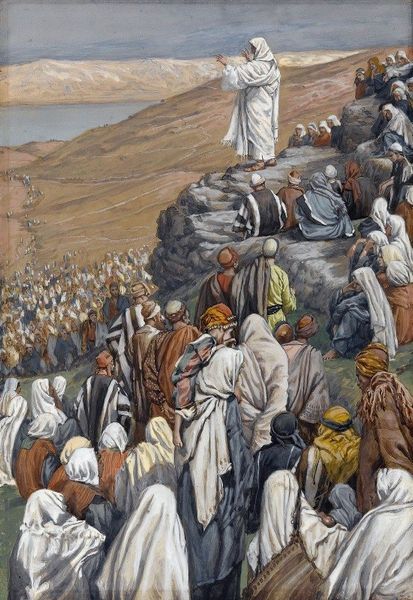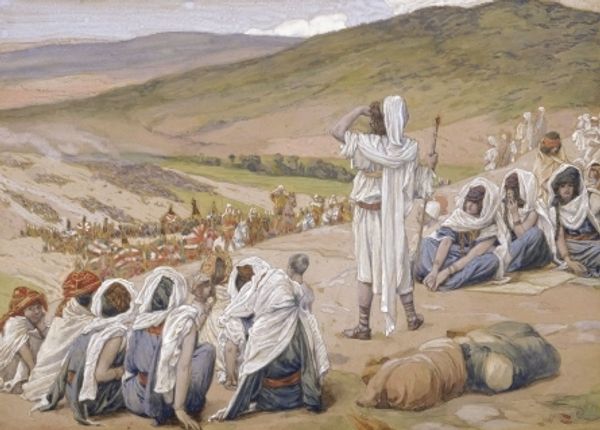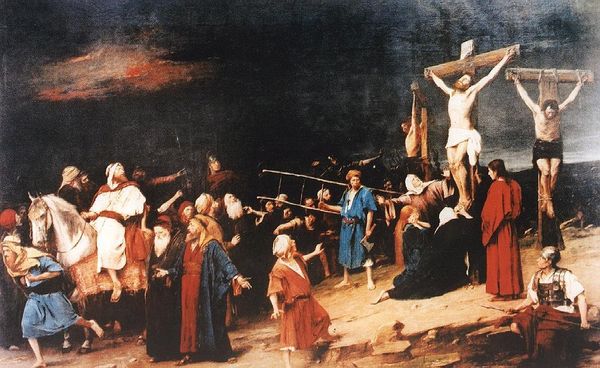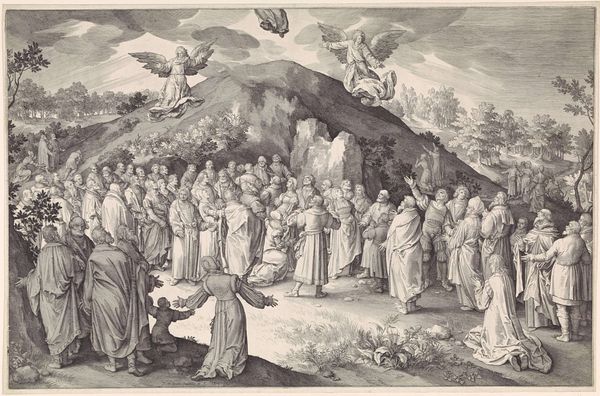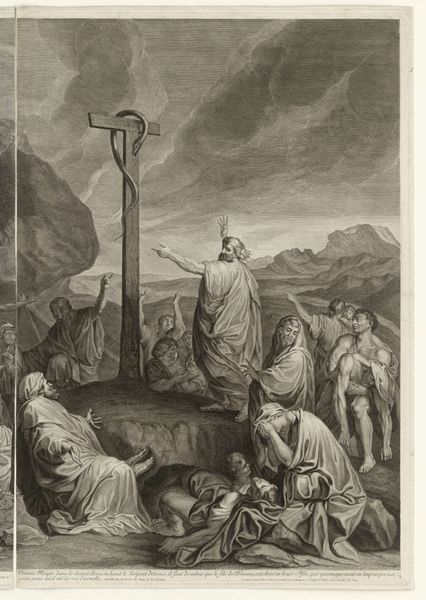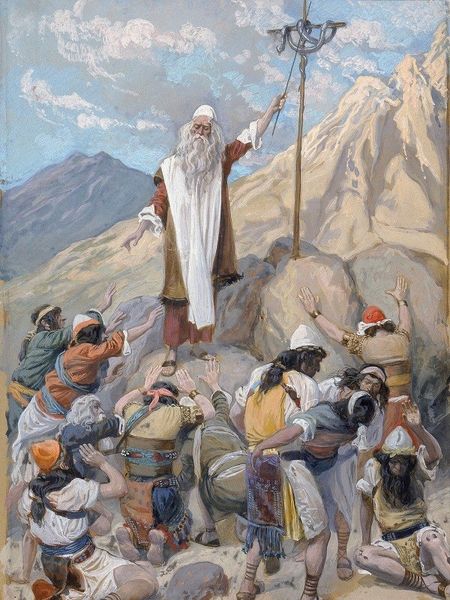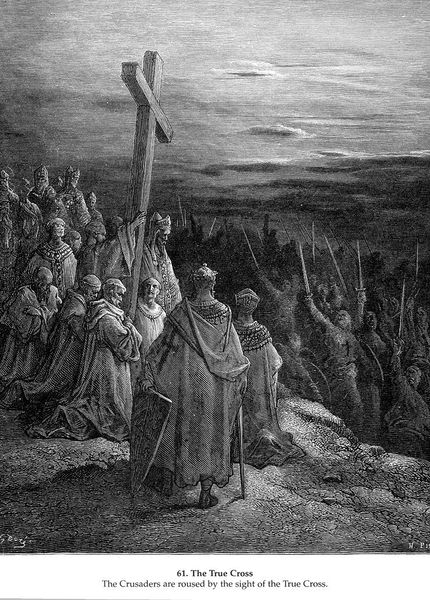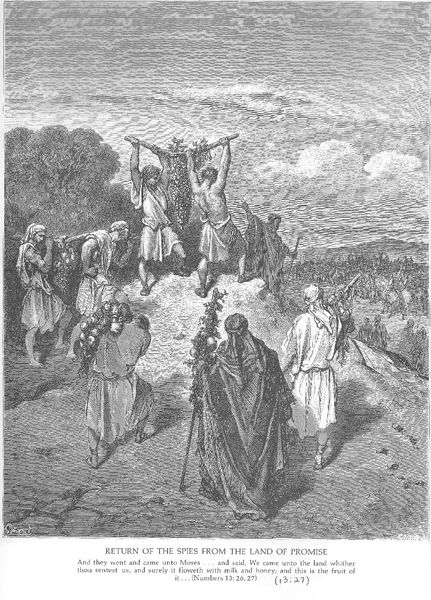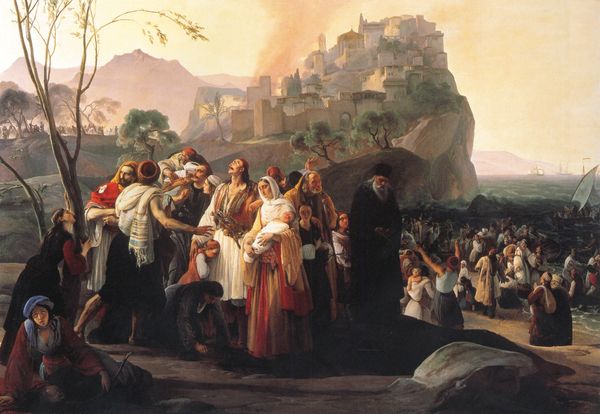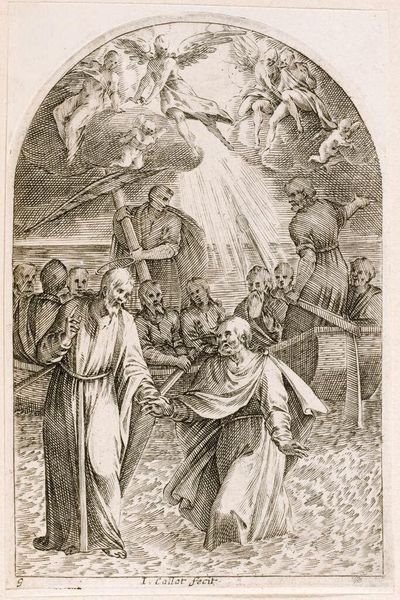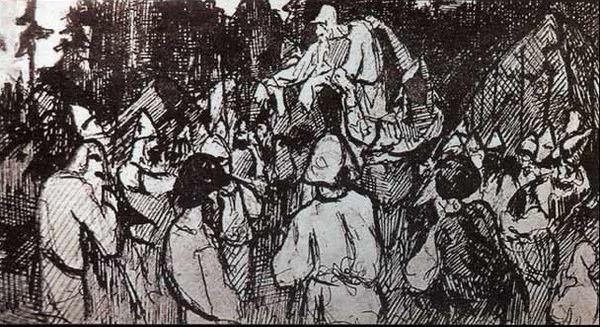
painting, oil-paint
#
narrative-art
#
painting
#
oil-paint
#
landscape
#
charcoal drawing
#
figuration
#
oil painting
#
folk-art
#
expressionism
#
history-painting
#
academic-art
#
regionalism
#
realism
Copyright: Public domain
Curator: Achille Beltrame painted "Ku Klux Klan Meeting on Mountains of Georgia, United States of America" around 1920. It's rendered in oil paint. What's your initial reaction? Editor: It's immediately unsettling. The vast expanse of white robes against that stark, mountainous backdrop… it evokes a chilling sense of anonymity and the latent threat of violence. Curator: Absolutely. The landscape itself seems almost complicit, looming over the scene. I see how Beltrame uses symbolism—the mountain setting recalling ideas of purity and isolation, while the Klan's symbols attempt to legitimize the meeting through quasi-religious iconography. Editor: And we must remember the context. Painted in 1920, it reflects the resurgence of the Klan, a period marked by increasing racial terror, Jim Crow laws, and an organized effort to instill fear. The mountains here become a stage for enacting white supremacist power. The scale of the meeting indicates the vast influence of this group during that period. Curator: Precisely. Look at the details on the robes: specific crosses and symbols meant to signify an initiation hierarchy. Consider how visual culture perpetuates myths. What purpose do these symbols serve? What emotional and cultural chords are struck for Klan members by donning these symbolic garbs, shrouded in mystery? Editor: I am particularly struck by the figure in red in the foreground. Red evokes blood and hints at the violence that this group condones. This is not simply about preserving tradition; it’s about maintaining dominance through brutality, rooted in deeply ingrained structures of inequality. Curator: There's also an echo of older archetypes here. The robes and pointed hoods resemble figures of death or judgment, recalling images from medieval morality plays. These forms take on a haunting quality in this landscape, serving a theatrical effect where mountains are used as a background for racist performances. Editor: And thinking about the ongoing legacy—this image is not a relic of the past. The symbols and the hateful ideology continue to resonate, informing current power structures. Understanding art like this is a tool to unpack this. Curator: Yes, engaging with these difficult images helps us understand and confront the historical symbols and the ways they're redeployed in contemporary culture. It reminds us that vigilance is essential. Editor: Indeed. It encourages us to engage, question, and dismantle the enduring structures of power that support such hatred.
Comments
No comments
Be the first to comment and join the conversation on the ultimate creative platform.
